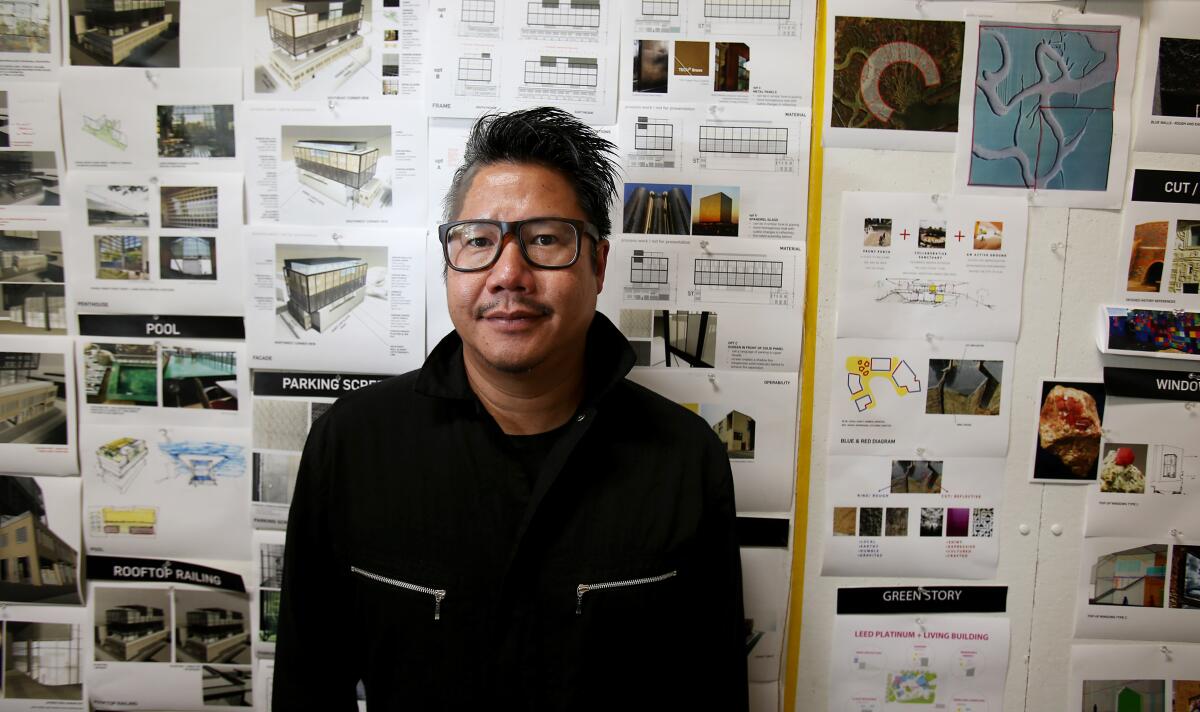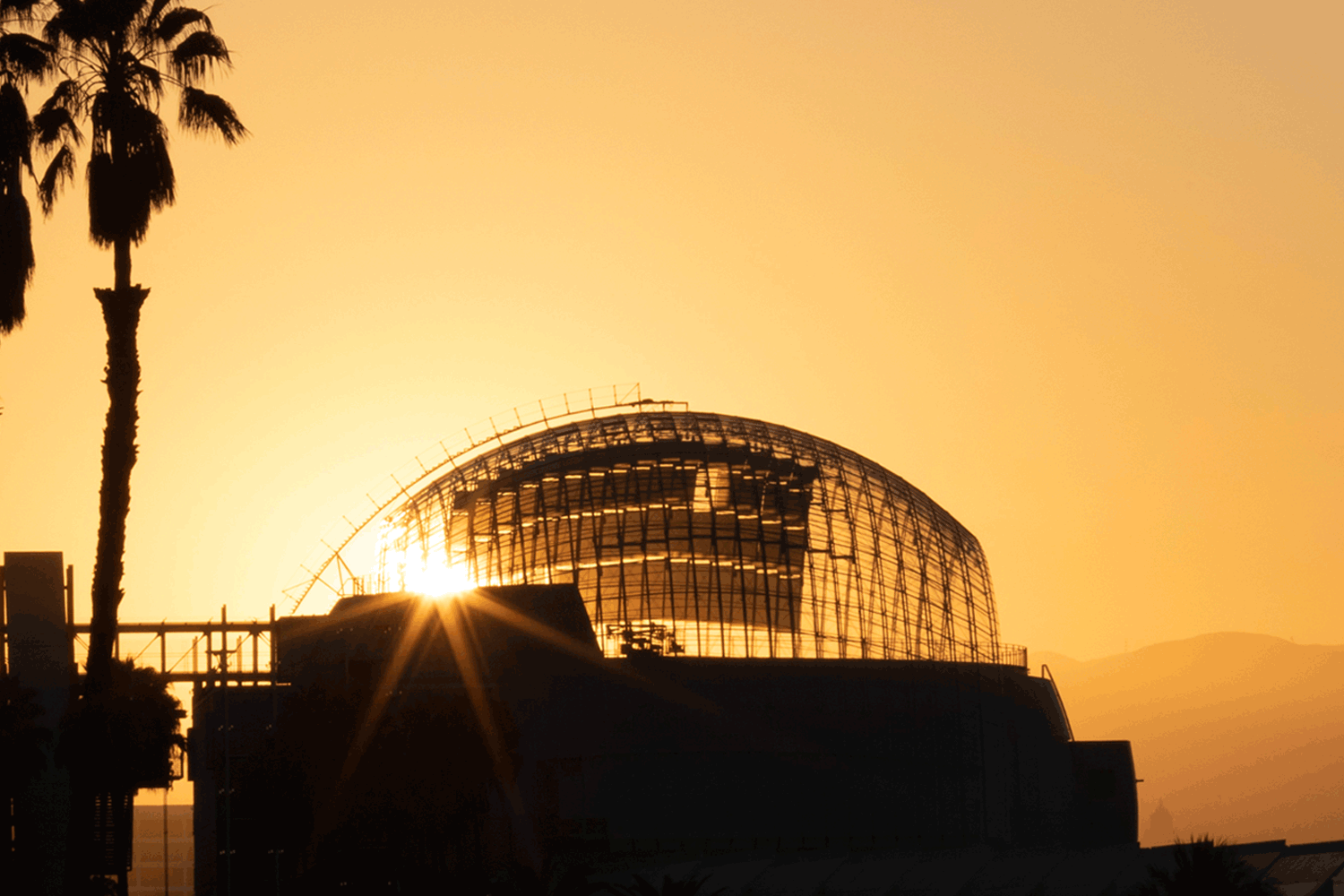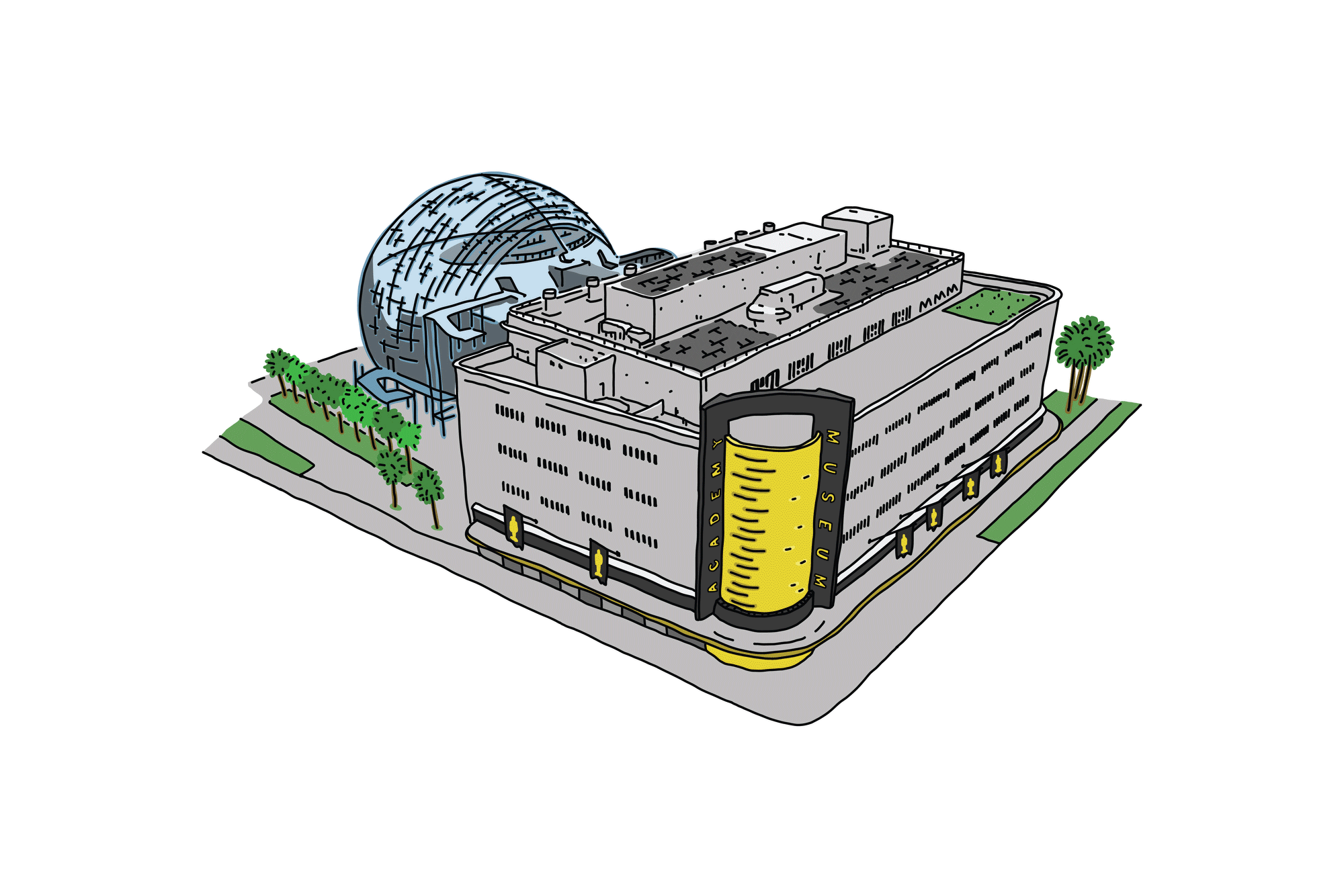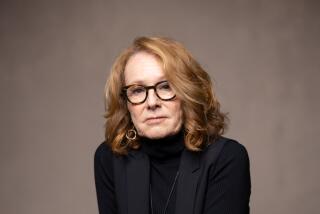How Kulapat Yantrasast became museums’ design man of the moment: A timeline

- Share via
The most eye-catching element of the new Academy Museum of Motion Pictures may be Renzo Piano’s Geffen Theater, nicknamed the “Death Star.” But as soon as visitors step inside the museum, they will experience interior galleries shaped by a firm that has emerged as a go-to designer for cultural institutions: Kulapat Yantrasast’s WHY in Culver City.
A native of Thailand, Yantrasast earned his master’s and PhD at the University of Tokyo. He was hired by Pritzker Prize winner Tadao Ando to work on the Japanese architect’s most prominent American building, the Modern Art Museum of Fort Worth in Texas.
The Academy Museum of Motion Pictures has opened as the ultimate celebration of Hollywood history, Oscar lore and today’s movie makers.
Yantrasast departed Ando’s firm in 2002 and established WHY a year later, eventually opening offices in New York City and Paris. The firm’s projects include Watts Towers Housing, currently under construction, and the Culver City Hall Centennial Garden, but it is WHY’s cultural work that has vaulted it to prominence. A timeline:
2007
Grand Rapids Art Museum in Michigan establishes WHY’s commitment to green design.
2010
When the prominent L&M Arts Gallery of New York decides on a L.A. outpost, it calls on WHY to do what it does best: Explode the concept of the white cube.
2011
The firm reimagines the seven galleries at the Art Institute of Chicago to create a unified space for Greek, Roman and Byzantine art.
2014
The Studio Art Hall at Pomona College gives students an open area to create, setting their own boundaries and encouraging porousness between disciplines.
2014
WHY collaborates on the Harvard Art Museums, bringing together three separate museums — the Fogg, the Sackler and the Busch-Reisinger — into one art-viewing experience.
2016
For the Speed Art Museum in Louisville, Ky., WHY applies what it calls “acupuncture architecture” to the 1927 Neoclassical structure in an effort to maintain its historic charm.
2017
WHY converts an empty warehouse in downtown L.A. into a new home for the former Santa Monica Museum of Art, renamed the Institute of Contemporary Art, Los Angeles.
2017
The auction house Christie’s sets up a Beverly Hills outpost, with WHY providing a redesign that allows for a variety of artwork to be displayed.
2017
For the Marciano Art Foundation, WHY preserves the exterior tile mosaics and Italian marble cladding on the 1961 Millard Sheets-designed Scottish Rite Masonic Temple but transforms its interior into a thoroughly WHY space.
2019
For the inaugural Los Angeles installment of the Frieze art fair, WHY designs a 62,000-square-foot exhibition tent on the Paramount Pictures lot, where it withstands the test of torrential rain and wind on opening day.
2020 and 2014
Originally cobbled together from three neighboring concerns, the David Kordansky gallery gets a renovation, expansion and addition of a sculpture courtyard.
2021
For the East Palo Alto Youth Arts and Music Center, WHY devises a pavilion-like structure open to a free flow between disciplines, based on input from the community.
2021
WHY reconfigures 31 galleries at San Francisco’s Asian Art Museum and adds a 13,000-square-foot pavilion.
2021
Working with Renzo Piano Building Workshop, WHY focuses on connective sightlines to create a seamless trip through film history in the core galleries of the Academy Museum.
ONGOING
A new structure for Tchaikovsky Academic Opera and Ballet Theater in Perm, Russia, will serve as the centerpiece for the city’s arts district.
A 50-foot-long entrance bridge to the Worcester Art Museum in Massachusetts is part of WHY’s redevelopment plan for the institution.
The multiphase master plan to develop Chicago’s Jackson Park begins with a site-specific sculptural collaboration with Yoko Ono.
The original midcentury Riverside Public Library is being transformed into the Cheech Marin Center for Chicano Art and Culture, or “the Cheech.”
In New York, the American Museum of Natural History’s Northwest Coast Hall originally was designed by anthropologist and curator Franz Boas, often called the “father of American anthropology.” He believed indigenous cultures should be considered on their own terms, outside of Western paradigms. Through ongoing renovations, WHY seeks to maintain that vision.
At New York’s Metropolitan Museum of Art, WHY’s renovations include a complete conceptual and physical redesign of galleries housing the Arts of Africa, Oceania and the Americas.
How does Renzo Piano’s new Academy Museum rank against other L.A. landmarks like the Hollywood sign and Griffith Observatory?
More to Read
The biggest entertainment stories
Get our big stories about Hollywood, film, television, music, arts, culture and more right in your inbox as soon as they publish.
You may occasionally receive promotional content from the Los Angeles Times.












